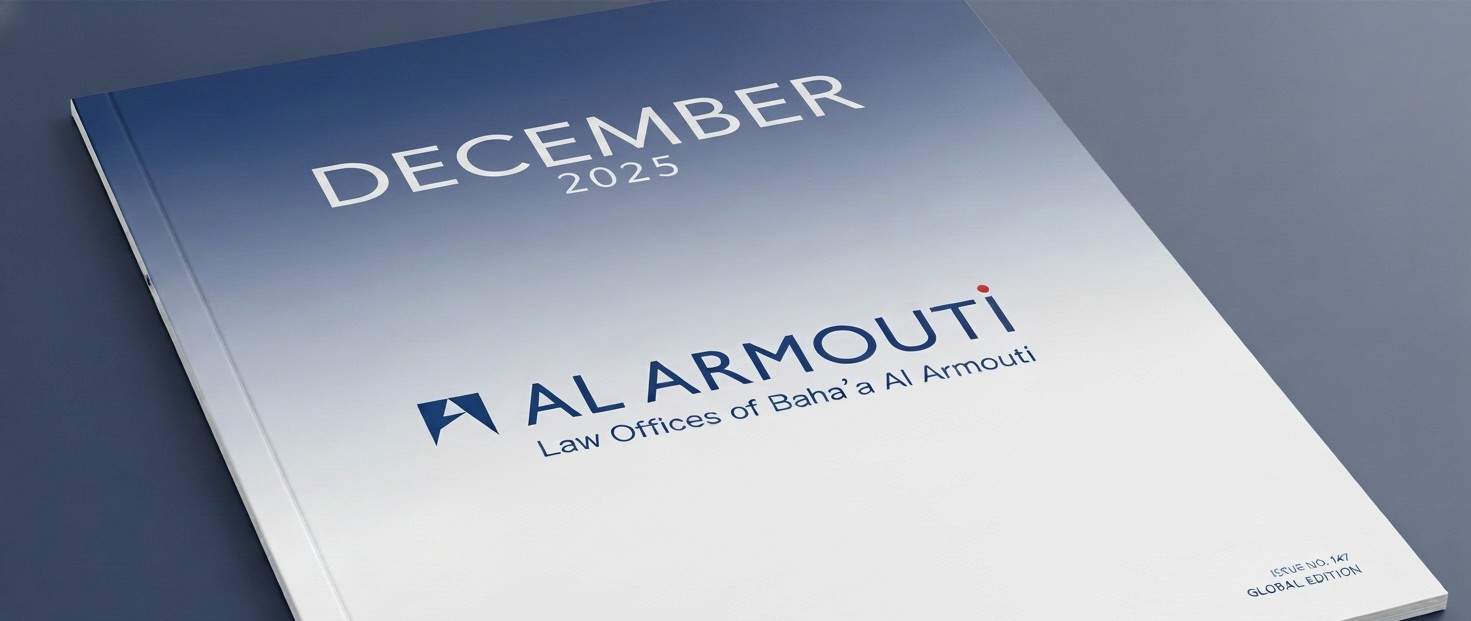GCC Trade Remedies 101: How the Common Law Works — and Where Saudi Arabia’s GAFT Fits In
By Baha’a Eddin Al Armouti
Nov 13, 2025
For nearly two decades, trade remedy investigations in the Gulf Cooperation Council (GCC) have been governed by a single unified system — the Common Law on Anti-Dumping, Countervailing Measures and Safeguards. This common framework ensures that all GCC member states act collectively when investigating unfair trade practices that injure Gulf industries.
Under this unified system, investigations are handled by a central authority: the Technical Bureau for Combating Injurious Practices in International Trade, headquartered in Riyadh.
The Technical Bureau is responsible for examining complaints, conducting investigations, and recommending measures on behalf of all GCC states — ensuring that any final decision applies region-wide, rather than at the level of an individual country.
The Recent Shift: Saudi Arabia’s National Trade Remedies System
In 2023, Saudi Arabia took a major regulatory step that reshaped the regional trade-defense landscape.The Kingdom amended its national Trade Remedies Regulation, creating a domestic legal framework for conducting investigations within its own borders — independent of the GCC system.
The amendment also established a new authority: the General Authority of Foreign Trade (GAFT). This empowered GAFT to initiate and manage Saudi-only investigations concerning imports that cause or threaten injury to Saudi industries, even if those cases are not pursued through the GCC-wide system.
This means that Saudi industries now have two avenues of protection:
GCC-Level Protection — filing a complaint through the Technical Bureau for Combating Injurious Practices in International Trade, leading to measures that apply across all GCC states.
National Protection — filing directly with GAFT to seek remedies limited to the Saudi market.
Where GAFT Fits in the New Formula
GAFT’s establishment marks a strategic evolution rather than a conflict with the GCC framework. It gives Saudi Arabia greater flexibility to protect its domestic producers when regional consensus or timing may limit action at the GCC level.
In practice:
GCC-wide cases remain under the jurisdiction of the Technical Bureau, whose findings and duties apply to all six member states.
Saudi-specific cases fall under GAFT, which investigates and imposes duties applicable only within Saudi Arabia.
This dual structure enables industries to choose the most effective legal route depending on the product’s market scope, source of injury, and desired coverage of the measure.
Why This Matters for Industries and Exporters
For Saudi manufacturers, this reform introduces an important strategic choice:
Should they pursue regional protection under the GCC mechanism — or faster, national protection through GAFT?
For exporters, the amendment means that a single product could face two different investigations — one at the GCC level and another within Saudi Arabia alone — each with distinct procedures, timeframes, and potential duties.
Companies exporting to the Kingdom or the wider GCC must therefore monitor both authorities closely.
Conclusion
The GCC Unified Law remains the foundation of regional trade defense.
But Saudi Arabia’s establishment of GAFT and its own trade-remedy regulation adds a national dimension that reshapes how industries and exporters approach trade defense in the Gulf.
As a result, the GCC now operates under a hybrid structure:
a unified regional system for collective protection, complemented by a Saudi national mechanism for domestic measures.
Understanding when to file, where to file, and how to coordinate between the two systems has become essential for manufacturers and legal practitioners navigating the region’s evolving trade-remedy landscape.
Need guidance on which route to pursue?
Al Armouti advises industries and exporters on GCC and Saudi trade-remedy procedures, from petition drafting to defense representation before GAFT and the GCC Technical Bureau.
Latest blog
stay in the loop


